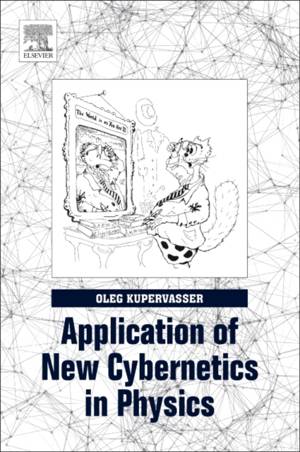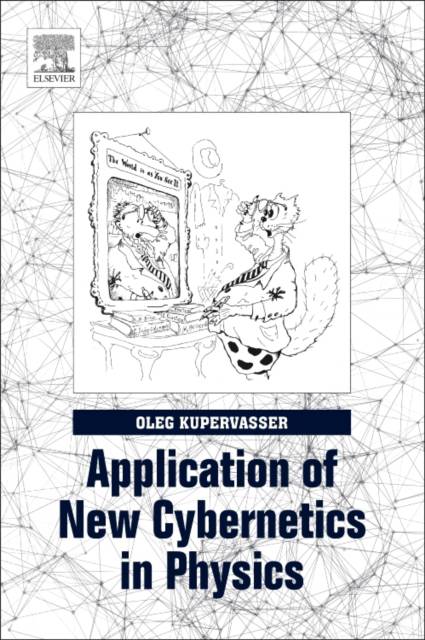
- Afhalen na 1 uur in een winkel met voorraad
- Gratis thuislevering in België vanaf € 30
- Ruim aanbod met 7 miljoen producten
- Afhalen na 1 uur in een winkel met voorraad
- Gratis thuislevering in België vanaf € 30
- Ruim aanbod met 7 miljoen producten
Omschrijving
Application of New Cybernetics in Physics describes the application of new cybernetics to physical problems and the resolution of basic physical paradoxes by considering external observer influence. This aids the reader in solving problems that were solved incorrectly or have not been solved.
Three groups of problems of the new cybernetics are considered in the book:
(a) Systems that can be calculated based on known physics of subsystems. This includes the external observer influence calculated from basic physical laws (ideal dynamics) and dynamics of a physical system influenced even by low noise (observable dynamics).
(b) Emergent systems. This includes external noise from the observer by using the black box model (complex dynamics), external noise from the observer by using the observer's intuition (unpredictable dynamics), defining boundaries of application of scientific methods for system behavior prediction, and the role of the observer's intuition for unpredictable systems.
(c) Methods for solution of basic physical paradoxes by using methods of the new cybernetics: the entropy increase paradox, Schrödinger's cat paradox (wave package reduction in quantum mechanics), the black holes information paradox, and the time wormholes grandfather paradox. All of the above paradoxes have the same resolution based on the principles of new cybernetics. Indeed, even a small interaction of an observer with an observed system results in their time arrows' alignment (synchronization) and results in the paradox resolution and appearance of the universal time arrow.
Specificaties
Betrokkenen
- Auteur(s):
- Uitgeverij:
Inhoud
- Aantal bladzijden:
- 306
- Taal:
- Engels
Eigenschappen
- Productcode (EAN):
- 9780128128015
- Verschijningsdatum:
- 30/06/2017
- Uitvoering:
- Paperback
- Formaat:
- Trade paperback (VS)
- Afmetingen:
- 152 mm x 229 mm
- Gewicht:
- 479 g

Alleen bij Standaard Boekhandel
Beoordelingen
We publiceren alleen reviews die voldoen aan de voorwaarden voor reviews. Bekijk onze voorwaarden voor reviews.











